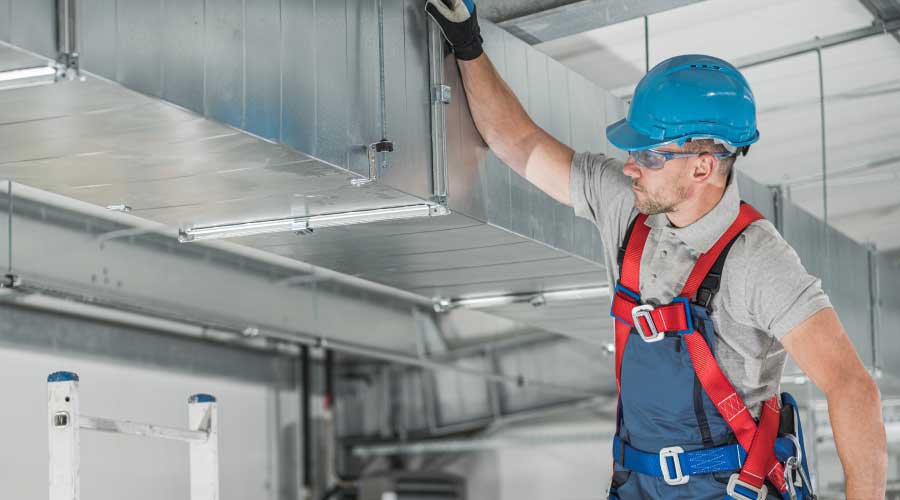Managers Take Closer Look at Variable-Frequency Drives
Variable frequency drives (VFDs) have been a feature of HVAC systems in institutional and commercial facilities for 40 years. But only recently, driven by their relatively low cost and advanced energy-savings features, have VFDs been applied to an increasing number of systems inside a building.
The traditional use of a VFD in a HVAC system has focused on capacity modulation. Recent years have seen VFDs applied to systems for fan and pump balancing, network monitoring of equipment, modulation of multiple motors with one drive, and peak-shaving of equipment energy use. Expanding VFD applications have challenged maintenance and engineering managers to become more versed in both product specification and application.
VFD technology has advanced rapidly in recent years, and understanding the various options for systems can be confusing. To correctly specify the VFD, the motor, and its power systems, as well as to maximize the investment in VFD technology, managers must pay close attention to key items such as motor specifications, bypass operation, communications, harmonics, shaft grounding, and enclosure types.
Inside VFDs
VFD technology is based on controlling the sine wave amplitude and frequency of alternating current (AC) power as it is applied to the motor. Drives used for HVAC applications today are typically AC and use technology termed pulse width modulation (PWM). The VFD converts AC power to direct current (DC) power using rectifiers that act as one-way gates for current. Insulated gate bipolar transistors (IGBT) convert the DC power back to AC power.
The IGBTs switch on and off, creating pulses to approximate the sine wave of AC power. The more pulses a drive has, the more closely the output voltage mirrors a sine wave. The timeframe or width of the pulse determines the frequency of the output power. Typical VFDs for HVAC applications have 12 pulses with options for six or 18. The VFD manufacturer can help determine the optimal number of pulses.
New developments in VFD technology include advanced electronics, reduced size and cost of the drive, and programming developments.
Active-torque tracking is programming within the VFD that allows the voltage supplied to the motor to drop while the frequency remains fixed for motor speed control.
Maximum motor torque requires the highest voltage available and typically is required at start up and full load. Once the VFD is up to speed, the torque required drops.
Standard VFDs use a set voltage/frequency curve, either linear or quadratic, that fixes the motor's speed and torque. The set curve may provide more voltage than needed for the torque required at a given speed.
Active torque tracking removes the set curve and allows reductions to the voltage at set frequencies in order to meet the speed and torque requirements, saving energy. The programming has different names that vary by product, so managers should talk with the supplier to specify the programming correctly.
Related Topics:














